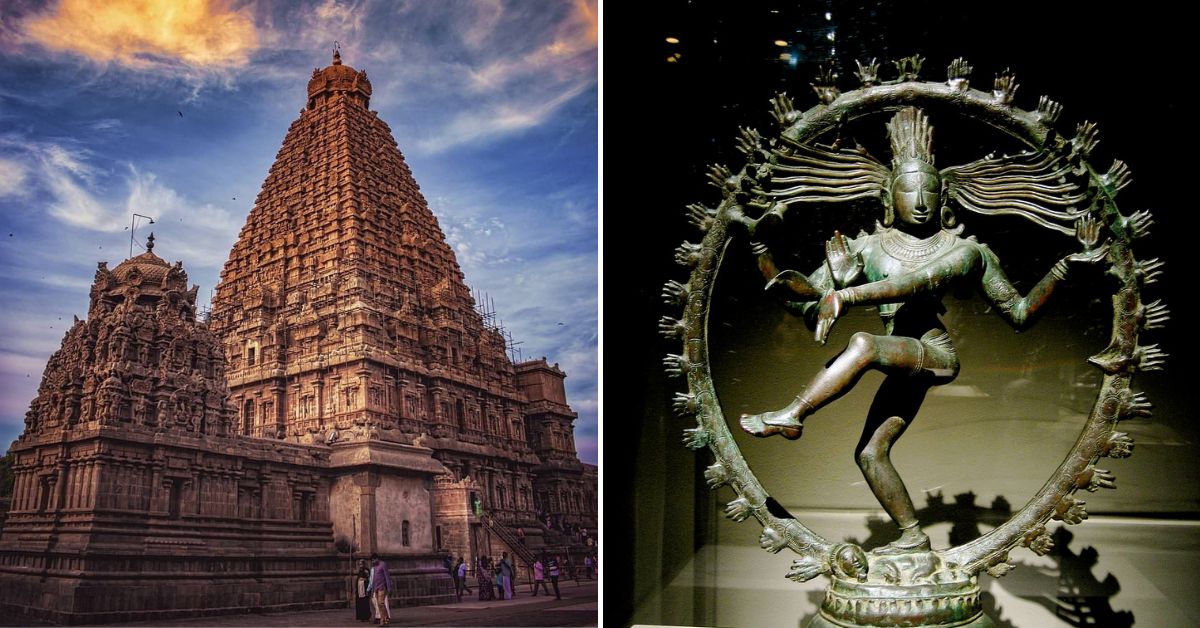The Chola Dynasty: A Legacy of Power and Culture

The Chola dynasty, one of the most remarkable empires in medieval India, left an indelible mark on history. Founded in the 11th century, the Cholas were known for their military prowess, architectural achievements, and cultural innovations. At the heart of their legacy lies the Brihadishvara Temple, a UNESCO World Heritage site that stands as a testament to their grandeur. This article explores the rise of the Chola dynasty, their contributions to architecture and culture, and their lasting influence on trade and society.
The Rise of the Chola Dynasty
In the year 1000 CE, while Europe was undergoing significant transformations, the Chola dynasty was preparing to make its mark. King Rajaraja Chola, known as the “King of Kings,” initiated the construction of the Brihadishvara Temple. Completed in just ten years, this colossal structure reached a height of 216 feet and was built from 130,000 tonnes of granite. It was second only to the Egyptian pyramids in height. The temple housed a magnificent 12-foot tall idol of the Hindu god Shiva, adorned with gold, rubies, and pearls.
Before the 11th century, the Cholas were just one of many regional powers in southern India. However, their innovative spirit set them apart. The Chola queens played a vital role in the dynasty’s public image. Sembiyan Mahadevi, Rajaraja’s great-aunt, was instrumental in promoting the worship of Shiva, particularly in the form of Nataraja, the King of Dance. This rebranding helped the Cholas gain popularity among the people. Rajaraja Chola, unlike his predecessors, was not just a ruler but also a conqueror. He expanded his empire by leading successful military campaigns, establishing a lasting presence in Lanka, and seizing territories in the Deccan Plateau.
Architectural Marvels and Cultural Flourishing
The Brihadishvara Temple is not just an architectural wonder; it symbolizes the Chola dynasty’s wealth and power. The temple was not only a religious site but also a center for public welfare. It received an annual tribute of 5,000 tonnes of rice from conquered territories, enabling it to function as a mega-ministry of public works. This wealth was channeled into irrigation systems and agricultural expansion, showcasing the Cholas’ innovative governance.
The Chola period also witnessed a flourishing of art and literature. Tamil poets and artists thrived, producing exquisite metalwork and literature that rivaled the best of their time. The Chola bronzes, especially the Nataraja sculptures, are celebrated worldwide for their beauty and craftsmanship. These artworks reflect the dynasty’s deep devotion to Hinduism and their appreciation for the human form. The Chola era can be likened to a Renaissance, occurring in southern India centuries before its European counterpart.
Trade Networks and Global Influence
The Chola dynasty was not only a regional power but also a significant player in global trade. Rajaraja Chola’s successor, Rajendra Chola, established alliances with Tamil merchant corporations, creating a partnership between trade and governance. This relationship foreshadowed the later emergence of powerful trading companies, such as the East India Company.
In 1026, Rajendra Chola led military expeditions that extended the empire’s influence to Southeast Asia. Tamil merchants, under Chola rule, established independent ports in northern Sumatra and engaged in trade as far as present-day Myanmar and Thailand. This extensive network of trade facilitated cultural exchanges and economic growth, making Chola-ruled southern India a cultural and economic powerhouse.
The Cholas’ impact extended beyond their immediate territory. In the 13th century, Tamil merchants thrived in Mongol-ruled China, establishing businesses and even erecting temples to Shiva. The legacy of the Chola dynasty can still be seen today in Tamil Nadu, where many towns grew around Chola-period shrines and markets.
Observer Voice is the one stop site for National, International news, Sports, Editor’s Choice, Art/culture contents, Quotes and much more. We also cover historical contents. Historical contents includes World History, Indian History, and what happened today. The website also covers Entertainment across the India and World.
Follow Us on Twitter, Instagram, Facebook, & LinkedIn

